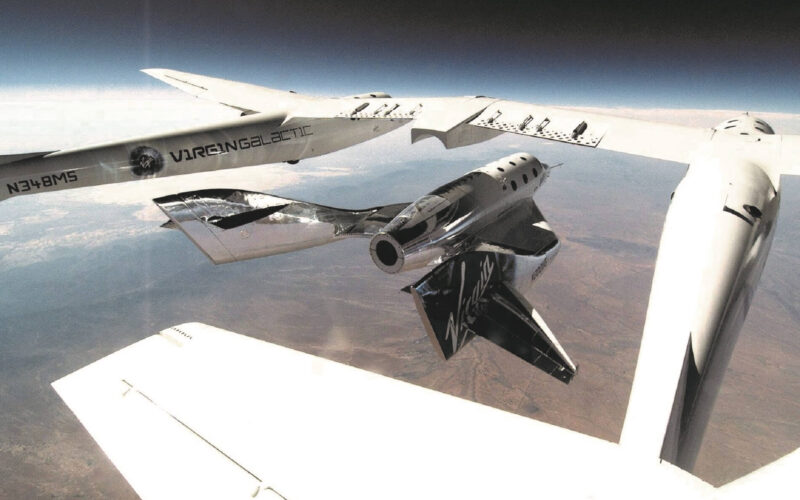Virgin Galactic conducted a test flight of its VSS Unity spaceplane on December 12, 2020. After taking off from the company’s headquarters “Spaceport America” in New Mexico attached to its carrier mothership VMS Eve, the spacecraft was supposed to fire its rocket engine and reach the edge of space.
However, not everything went as planned. “After being released from its mothership, the spaceship’s onboard computer that monitors the rocket motor lost connection,” Michael Colglazier, CEO of Virgin Galactic explained. “As designed, this triggered a fail-safe scenario that intentionally halted ignition of the rocket motor.”
Thus, unable to reach space, test pilots CJ Sturckow and Dave Mackay had to abort the flight and land. “Our flight landed beautifully, with pilots, planes, and spaceship safe, secure, and in excellent shape — the foundation of every successful mission!” Colglazier commented. The company said that the VSS Unity would be “back to flight soon.”
The flight test was the first out of two that Virgin Galactic had planned before allowing a passenger (no other than Richard Branson himself) to board the spaceplane. Given the mishap, the company could modify its schedule.
Opening the way to space tourism
On December 13, 2018, the SpaceShipTwo VSS Unity completed a successful maiden flight from the Mojave Air and Space Port in California to the edge of space, reaching an altitude of approximately 82.7 kilometers (51.4 miles).
Eventually, Virgin Galactic aims to transport passengers in space using the VSS Unity spacecraft designed to fit six tourists. After a climb assisted by its carrier aircraft, the space plane uses its rocket engine to reach the edge of space. There, passengers would be able to see the curvature of the Earth and experience a few minutes of weightlessness.
Currently, it has over 600 customers who have each paid $250,000 per ticket. Ticket sales should reopen in 2021, as the company hopes to start commercial flights during the year.

